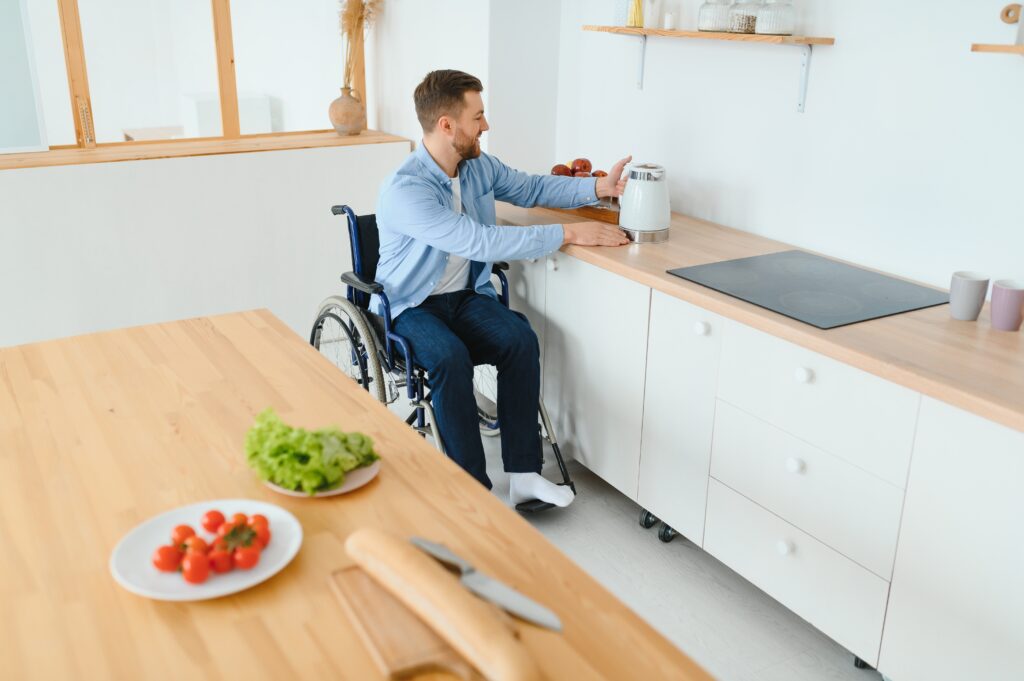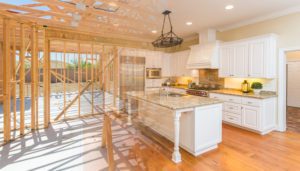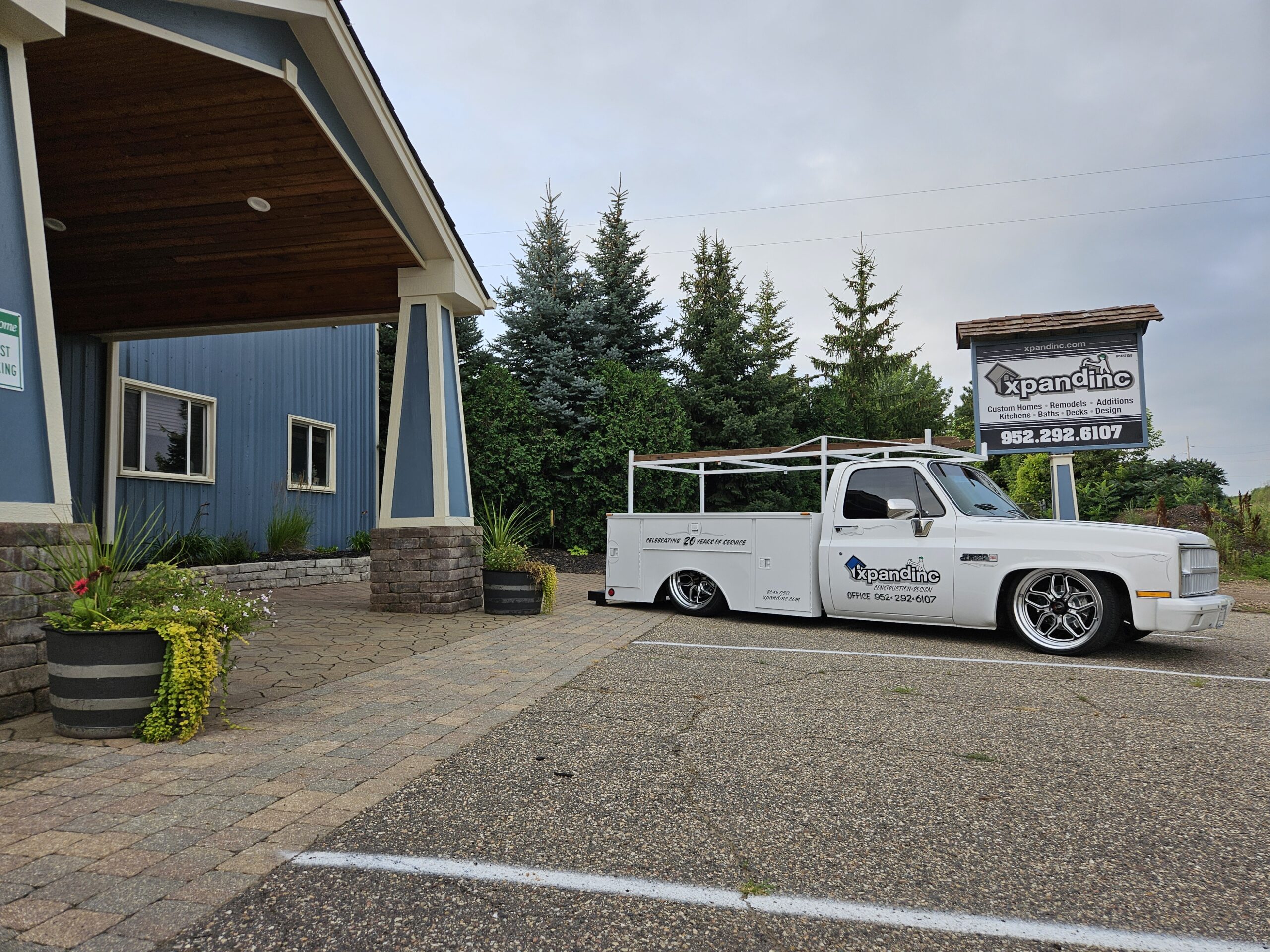Remodeling a home to meet the standards set by the Americans with Disabilities Act (ADA) can be a transformative process for individuals with disabilities and older adults who wish to age in place. The key to a successful ADA home remodel involves thoughtful planning and integration of specific features that ensure safety, accessibility, and independence. In this blog, we will explore the essential components of an ADA-compliant home, from structural modifications to technological enhancements, and how these improvements can significantly enhance quality of life.
Understanding the Basics of ADA Compliance
Before embarking on an ADA remodel, it’s crucial to understand the basic principles of ADA compliance. The ADA sets forth guidelines to eliminate barriers in both public and private spaces, making environments safer and more accessible for people with physical limitations. These guidelines cover various aspects of construction, design, and equipment, ensuring that homes are not only accessible but also comfortable and practical for everyday living.
Entryways and Paths
The entryway is the first point of access to a home, and therefore, it must prioritize ease of entry for those with mobility challenges. A no-step entry offers smooth access for wheelchairs and walkers, eliminating the need to navigate steps. Widened doorways, accommodating at least 32 inches of clear width, allow easy passage of mobility aids. Additionally, installing lever-style door handles instead of traditional knobs can be incredibly beneficial for individuals with limited dexterity. Proper path lighting and slip-resistant flooring further enhance safety and accessibility upon entry.
Bathroom Modifications
Bathrooms pose a unique challenge when it comes to accessibility due to their confined spaces and typical fixtures. An ADA-compliant bathroom remodel should focus on features that allow ease of use. This includes installing grab bars near the toilet and inside the shower or bathtub, adding a roll-in shower with built-in seating, and placing lever faucets that are easier to operate. Consider a wall-mounted sink that allows wheelchair users to roll up underneath, providing both accessibility and functional design.
Kitchen Adjustments
The kitchen is often considered the heart of the home, yet it can be a significant barrier for those with disabilities if not designed with accessibility in mind. ADA kitchen modifications may include lowering countertops to accommodate wheelchair users, installing pull-out shelves and drawers to ease access to cookware, and having touch-control appliances. Lowered microwaves, side-opening ovens, and remote-controlled or smart kitchen technologies further promote independence.
Living Spaces
In living and communal spaces, ensuring that pathways and passages are clear and unobstructed is vital. Furniture should be arranged to allow wheelchair and walker users to maneuver effortlessly. Consider installation of low pile carpeting or hardwood floors to reduce resistance and risk of tripping and utilize power outlets and light switches that are accessible from a seated position. Incorporating voice-activated controls for lights, fans, and blinds can also assist users in managing their environment more conveniently.
Bedroom Accessibility
Facilitating ease of navigation and comfort in the bedroom can greatly enhance daily living for individuals with disabilities. Beds should be positioned at an accessible height, with ample space around them for movement. Closet rods and shelving at lower levels make clothing more reachable, and installing a remote-controlled ceiling fan or lights ensures ease of use. Sliding doors for closets can offer wider access compared to traditional hinged doors.
Leveraging Technology
Incorporating smart home technology as part of an ADA home remodel can offer unparalleled convenience and accessibility. Smart thermostats, lights, and window treatments operated by voice commands or apps can help users control their environment with ease. Automated systems that monitor home security, fire alarms, and medical alerts provide safety and peace of mind.
Considerations for Sensory Impairment
For individuals with sensory impairments, adjustments should be tailored to their specific needs. Tactile flooring and indicators, contrasting colors for those with low vision, and loud or vibrating alarms for those who are hearing impaired are all examples of modifications that promote safety and independence.
A home remodel that adheres to ADA guidelines is a step towards fostering inclusivity and autonomy for individuals with disabilities. By focusing on the essential features—such as accessible entryways, adapted bathrooms and kitchens, supportive living environments, and assistive technology—homeowners can create a living space that is welcoming and functional for everyone. Not only does this provide a better quality of life, but it also enriches the home with the adaptive tools necessary for lifelong living. Whether you are planning for current needs or future considerations, an ADA-compliant remodel can be an investment that empowers and transforms lives.
Ready to Transform Your Home?
At Xpand Inc., we specialize in creating ADA compliant homes that enhance accessibility and independence. Let our team of experts guide you through your remodel to ensure a safer, more functional living space for you and your loved ones. Contact us today to get started on making your home more inclusive and adaptable for everyone.














